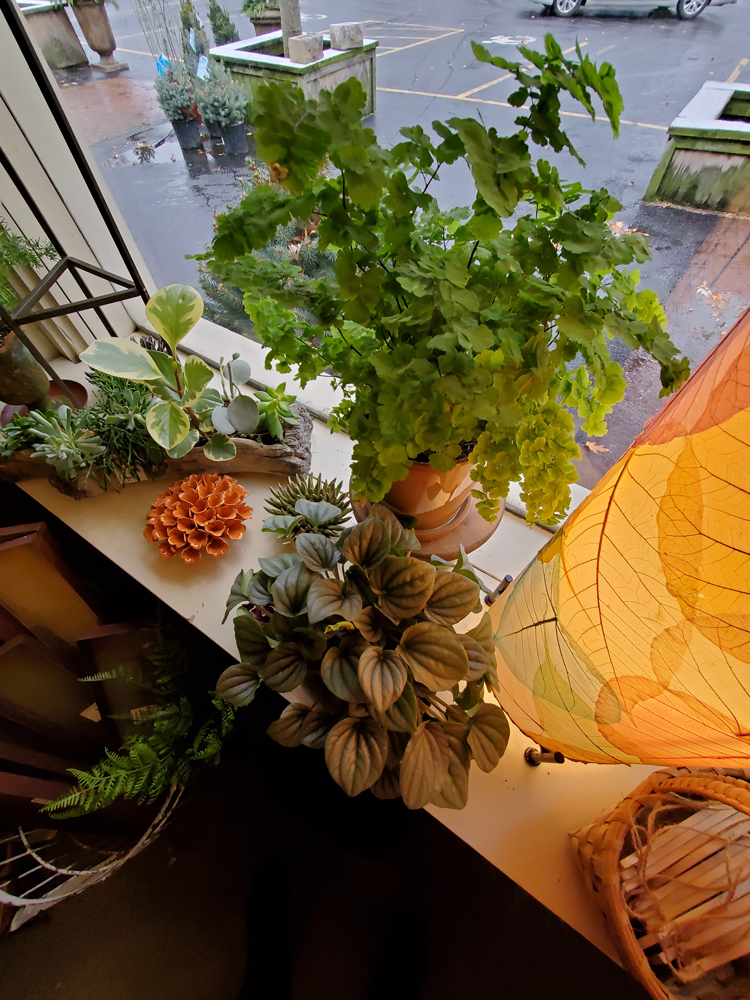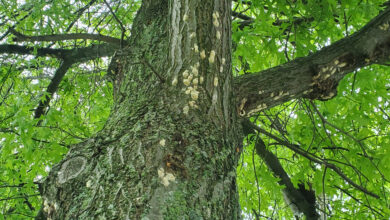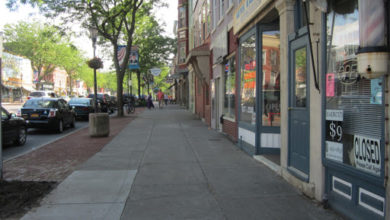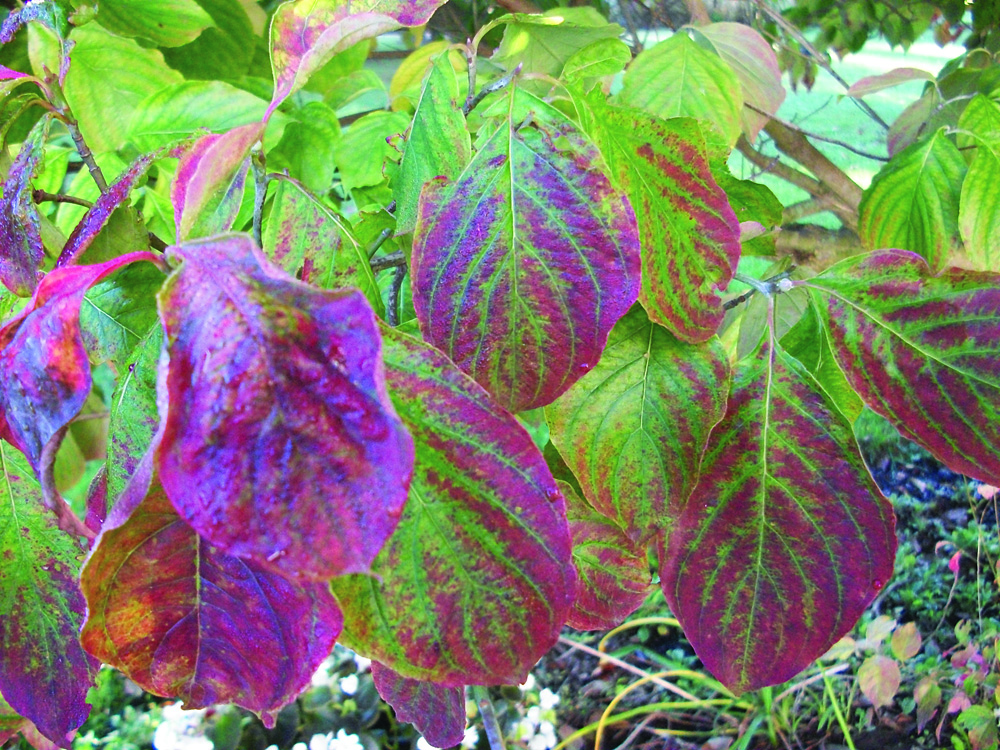Corn for the critters
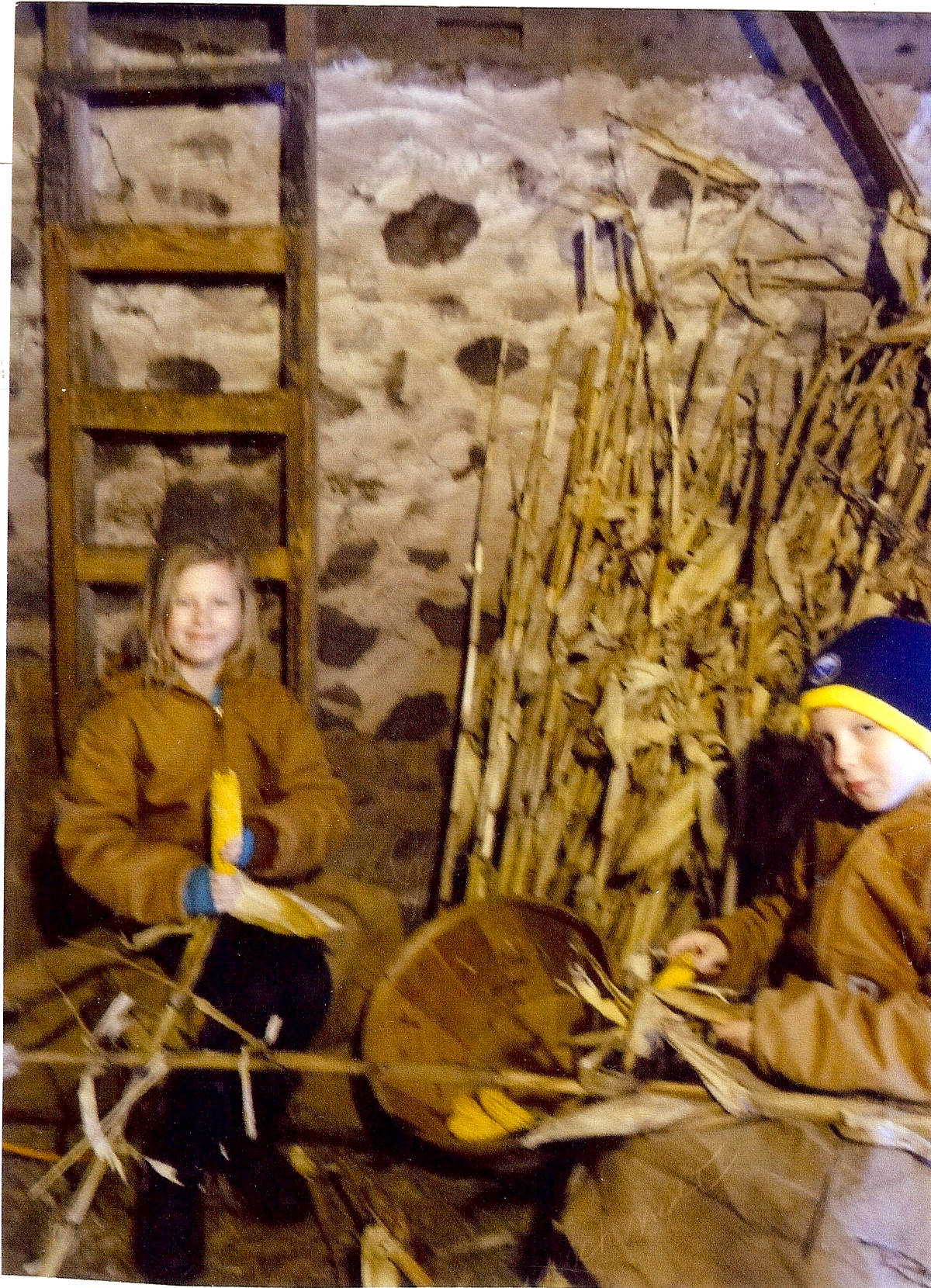
Joe’s stories – old, new, mostly true
Field corn was one of the staples on most family farms at the time my parents tried to make a living from farming. It was relatively easy to grow and provided feed for the cows, pigs and poultry.
The first few years my father, Joe, cut the mature stalks by hand with a short handled blade we only ever knew as a corn knife, although it could be used to cut anything that had a sturdy stalk. The individual stalks were placed in piles of 15 or 20 stalks, tied with twine, loaded onto a wagon and taken to the barn for future use. After a neighbor acquired a “corn binder,” it was used for harvesting. The machine would cut the corn stalks, gather them in a bunch, bind them together with twine and drop them on the ground. If they weren’t going to be picked up that day, we usually stood them up into shocks of 20 or so to keep them dryer in the event of rain.
The bundled stalks were put up into an empty corner of our hay barn and used as needed throughout the winter months. Before being fed to the cows, the ears of corn had to be husked, shelled and put into the granary for poultry feed. Some of it was also put aside to be taken to a grist mill along with oats and wheat for grinding into a meal that was fed to the cows and pigs. Stripped of their ears, the corn stalks and their leaves were fed directly to the cows. They loved it and were especially pleased if an ear of corn had been overlooked in the husking process.
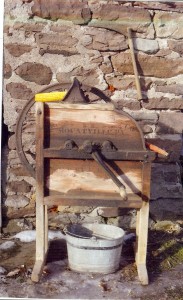
The routine for us, from the time the corn was harvested until it was used up, was to spend most Saturday mornings in the hayloft husking the corn, putting the ears in a basket for shelling and throwing the stalks down through the hay hole for feeding to the cows during the next week or so. If it was a cold day, we threw the whole bundles down and did the husking in the basement which was warmed by the heat of the cows. It is amazing how much heat three or four cows can produce.
Of course, now the cows could see us and recognized the ears which went into the basket instead of their mouths. On one such occasion I felt sorry and decided to give my favorite cow a nice big ear. I had leather mittens on and held the corn ear near her mouth. Well, let me tell you, that big tongue came out, wrapped around the corn and my mitten, and they both went instantly into her mouth. I recall yelling out and trying to grab the end of the mitten – to no avail. My father came running over and stuck the handle of a pitch fork into the cow’s mouth. I don’t know if he was trying to save the mitten, or keep the cow from choking on it, but neither of those happened.
So then it became a matter of keeping an eye on her, knowing eventually the mitten would likely appear at the other end of the critter. It did a few days later, recognizable but definitely beyond repair. I was a little worried that I might have to go through the rest of the cold season with only one mitten but another pair was procured. You can be sure after that if I gave a cow an ear of corn, I threw it on the floor and let her pick it up with her teeth or tongue. No more hand to mouth service.


